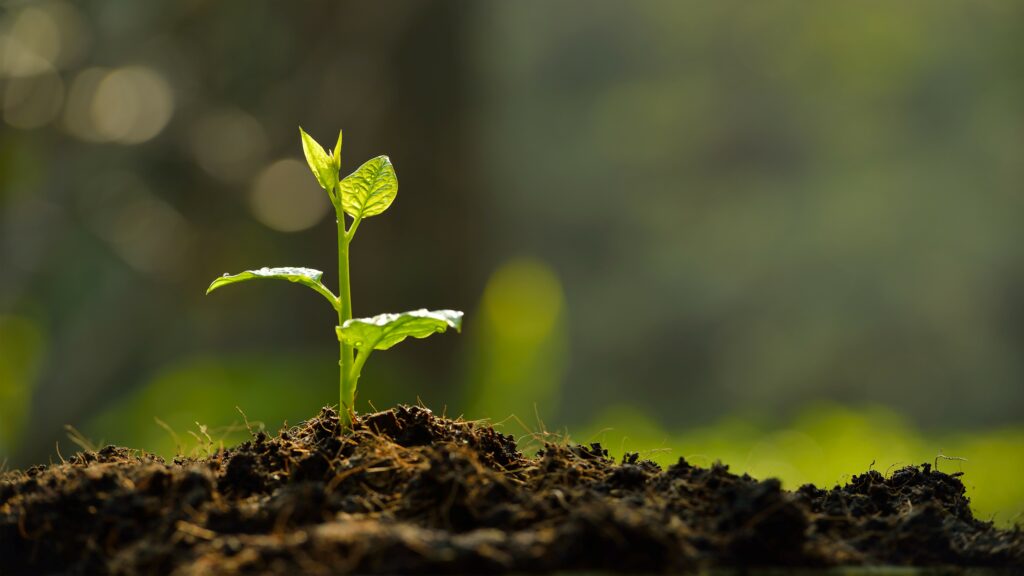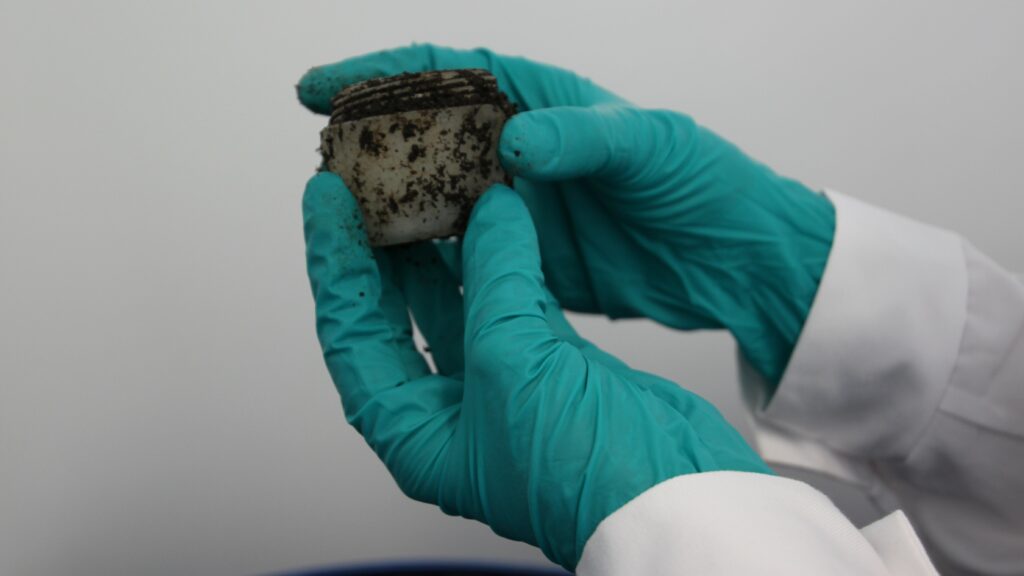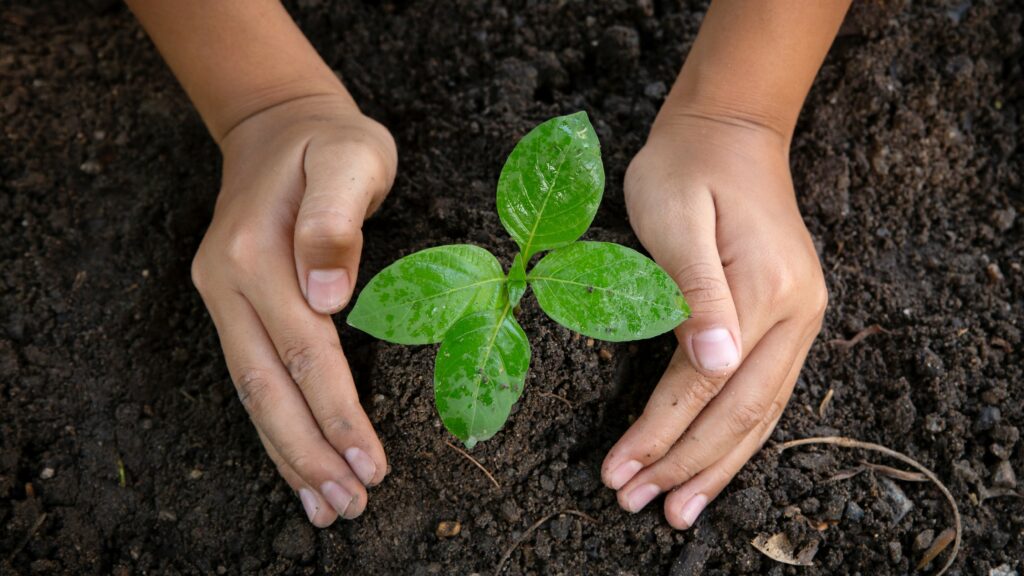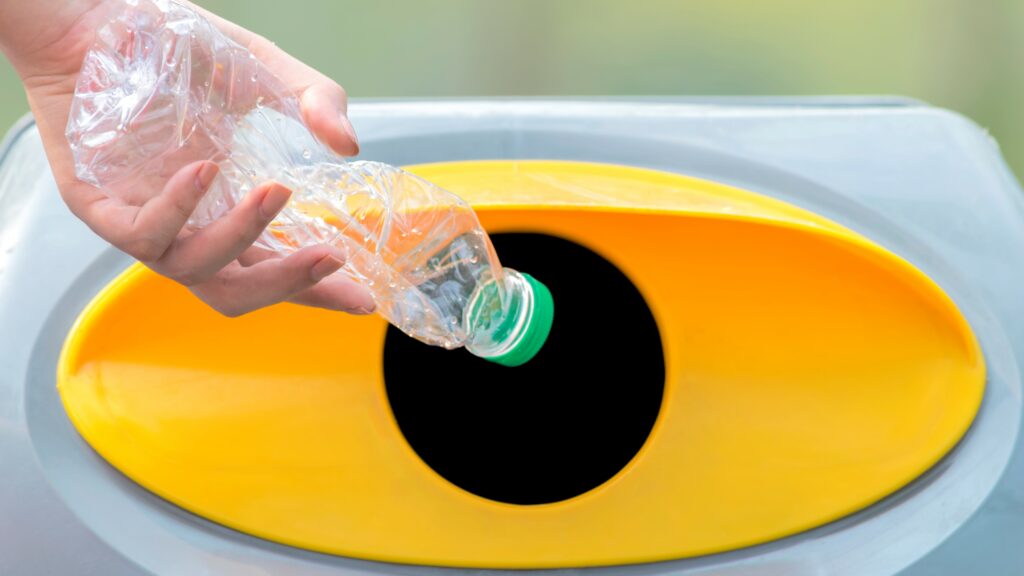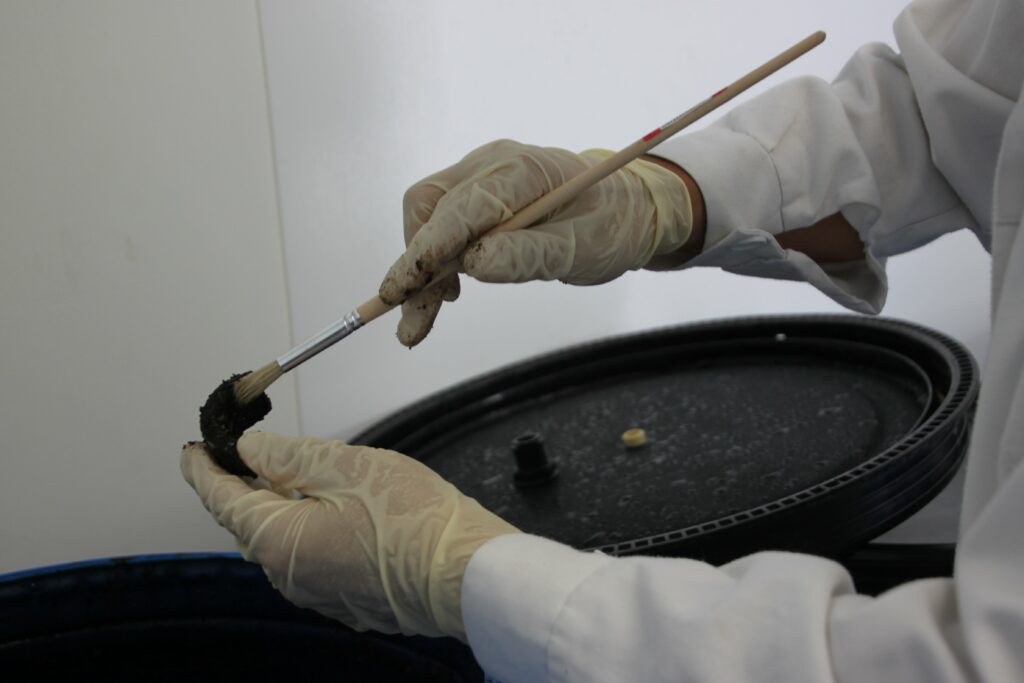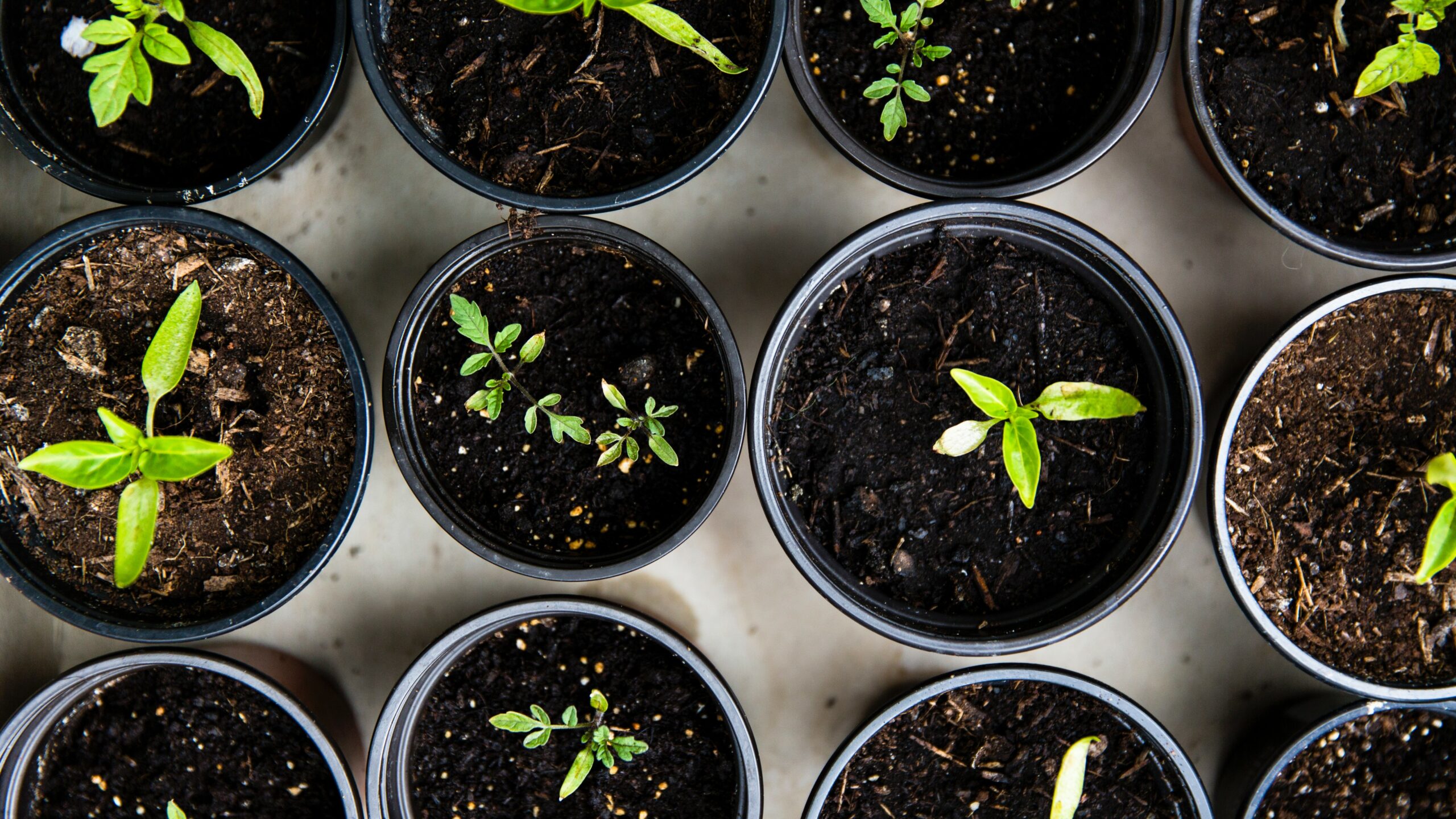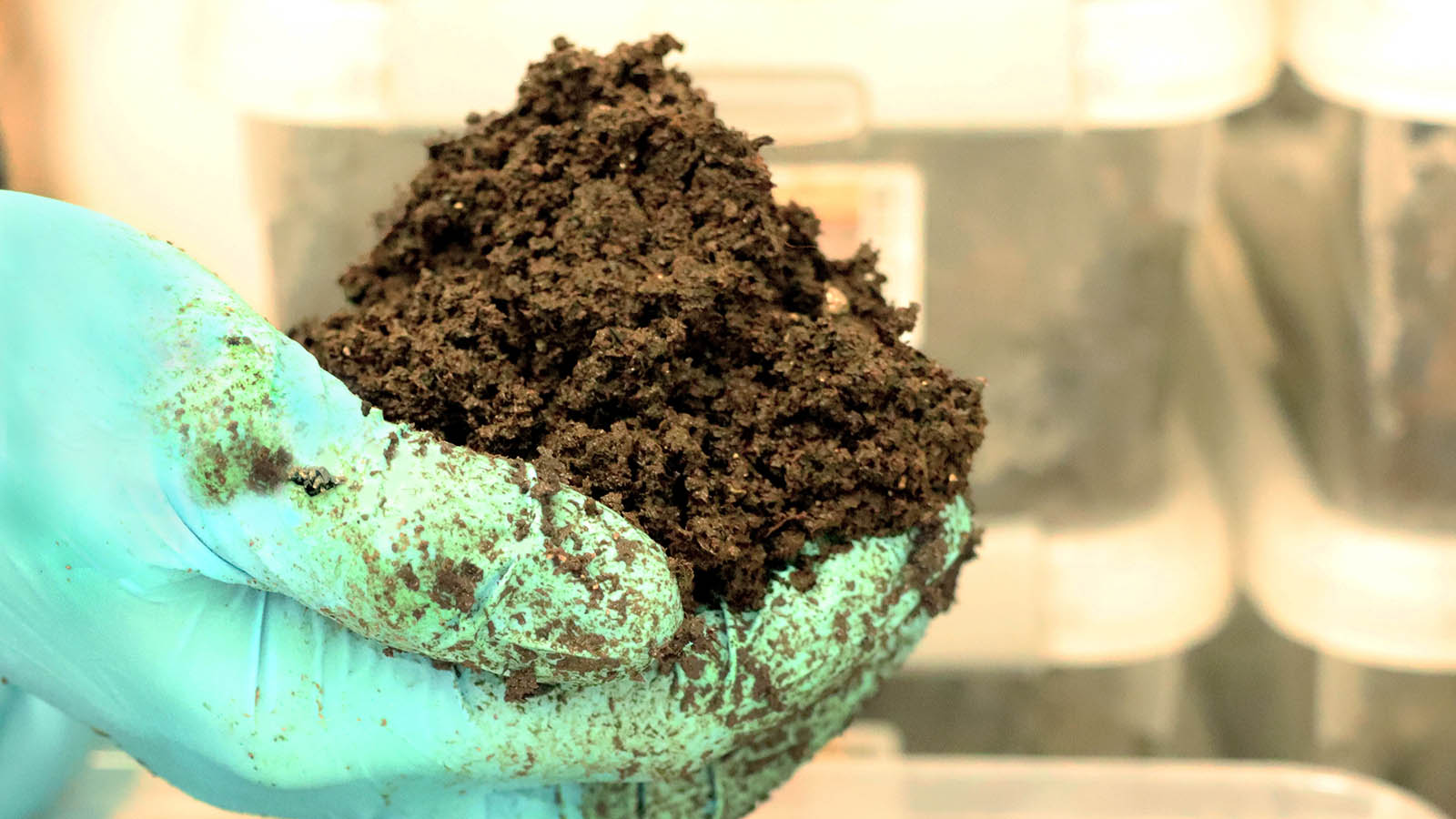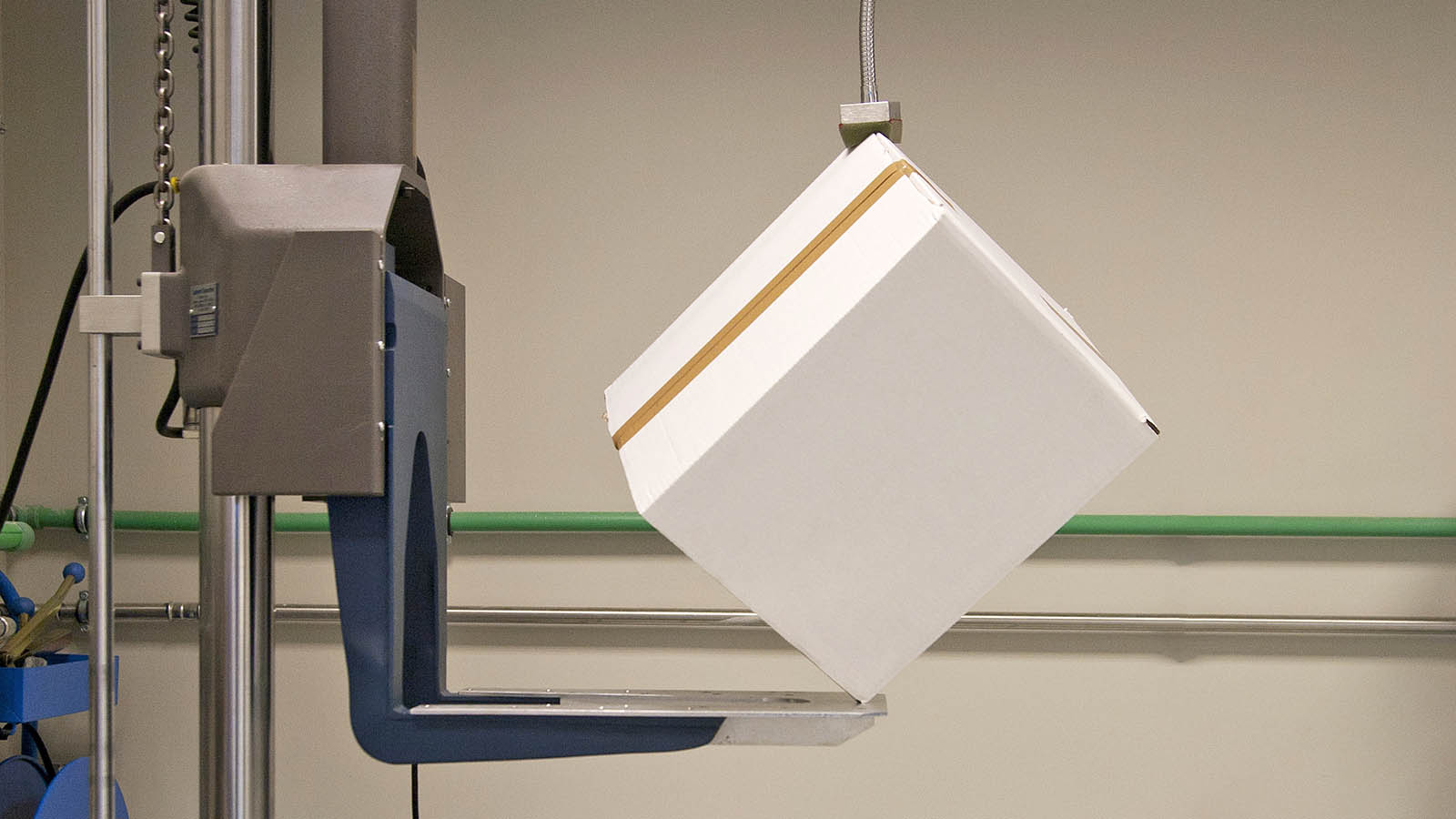Compostability: a response to Europe’s sustainability challenges for packaging
Compostability is one of the alternatives that allows companies to comply with sustainability regulations in Spain and, specifically, with the recycling targets established by the Law on Waste and Contaminated Soil for a Circular Economy and the Royal Decree on Packaging and Packaging Waste (65% of packaging must be recycled by 2025, a percentage that should rise to 70% by 2030).
These standards are aligned with the circular economy requirements set by the European Union, which in 2020 established that by 2030 all packaging in the EU market must be reusable or recyclable, including aerobic composting as an organic recycling technology. This requirement is embodied in the Action Plan for a Circular Economy in Europe.
In this article you will find out what compostability is and how to verify it through testing services, as well as the new features of the Law on Waste and Contaminated Soil for a Circular Economy and the Royal Decree on Packaging and Packaging Waste with regard to compostable packaging. We will address the following points:
- What is a compostable material?
- How is compostability included in the Spanish Law on Waste and Contaminated Land for a Circular Economy?
- What is new in the Spanish Royal Decree on Packaging and Packaging Waste regarding compostable plastic packaging?
- How to validate the compostability of packaging
- How to develop packaging and solutions aligned with the circular economy?
1. What is a compostable material?
A “compostable” material is one that can degrade biologically (by the action of organisms) together with other physical and chemical agents producing carbon dioxide, water, inorganic compounds and biomass in a controlled period of time and under certain conditions in which the organic waste is transformed into compost as an organic amendment that will improve the physical, chemical and biological properties of the receiving environment.
On the other hand, the biodegradability of a polymer is related to its molecular structure while compostability depends on the presence of regulated metals and hazardous substances, the ability to fragment into small pieces depending on their shape, thickness and grammage and the toxicity of the materials. You can read more about the difference between compostable and biodegradable in this blog article.
2. How is compostability included in the Spanish Law on Waste and Contaminated Land for a Circular Economy?
In line with the European framework, new requirements and targets have been introduced in Spain to promote compostability as one of the alternatives for the transition to a circular economy. These are included in the Law on Waste and Contaminated Land for a Circular Economy, published in 2022.
The Spanish Waste Law refers to plastic trays used as packaging, plastic single-dose products, plastic rings and plastic sticks used in the food sector as carriers for products such as candy or ice cream sticks, among others.
Regarding these articles, the legislation determines that the agents involved in their commercialisation must reduce their consumption in the case that they have been produced with non-compostable plastic and replace them with reusable options and other materials, such as compostable plastic, wood, paper or cardboard.
Furthermore, the Waste Law establishes that local administrations may collect packaging waste and other compostable plastic waste that complies with the requirements of the European standard EN 13432, which defines those applicable to compostable packaging, as well as other European and national standards.
3. What is new in the Spanish Royal Decree on Packaging and Packaging Waste regarding compostable plastic packaging?
Together with prevention, reuse, recyclability and the introduction of recycled content in packaging, compostability is one of the five pillars of the Spanish Royal Decree on Packaging and Packaging Waste, approved by the Council of Ministers in December 2022.
To achieve these objectives, the Spanish Royal Decree on Packaging states that, compared to 2022 levels, a 20% reduction in the volume of single-use plastic bottles should be achieved by 2030. In this sense, it states that 65% of packaging should be recycled by 2025, a percentage that should reach 70% by 2030, including the option of composting.
In addition to the reduction targets, it establishes that the volume of recyclable packaging waste subjected to aerobic (composting) or anaerobic (biomethanisation) treatment can be counted as recycled “where such treatment generates compost, digestate or other output with a similar amount of recycled content in relation to the input waste, which is to be used as a recycled product, material or substance”.
In case the output is used on land, counting as recycled is only possible if its use leads to a benefit for agriculture or an improvement in ecological terms.
The Spanish Royal Decree on Packaging has also introduced new features with regard to compostable plastic packaging. On the one hand, it stresses the need for compostable packaging at industrial or domestic level to include a text stating “do not leave in the environment” and that the characteristics of the packaging must not hinder separate collection, the composting process or the activity in which it is introduced.
On the other hand, it is indicated that the labelling must communicate the certification of the compostability of the packaging in accordance with the European standard EN 13432, as well as with other European and national standards on the compostability of plastics -such as EN 14995-. This certification shall indicate whether it is carried out under industrial conditions or through home composting.
4. How to validate the compostability of packaging?
The compostability of packaging materials can be demonstrated by testing. These can be carried out on raw materials, constituents or components and final products.
At ITENE we carry out tests whose reports allow companies to apply for the main international seals of industrial compostability –TÜV Austria, DIN CERTCO, BPI and European Bioplastics– and home compostability from TÜV Austria and DIN CERTCO.
The compostability testing consists of four phases: material characterisation (6 weeks duration), biodegradation (up to 6 months for industrial compostability and 12 months for home composting), disintegration (3 months for industrial and 6 months for home composting) and compost quality (6 weeks).
5. How to develop packaging and solutions aligned with the circular economy?
If, after carrying out the relevant compostability tests, it is found that a material has not passed this assessment, companies can opt for advice to analyse or identify the reasons why the tests have not been passed and propose modifications to improve the compostability of the product, adapting the packaging to the requirements of the circular economy.
In our research centre we also have the capacity to develop new sustainable packaging materials that meet the requirements of the product to be packaged.
In fact, ITENE is committed to the development of new sustainable materials with improved performance and new functionalities, whose industrialisation is guaranteed through the sector’s own equipment (extrusion, injection, thermoforming, lamination and printing). It also designs and validates the materials in accordance with their final application, as well as assessing their safety in accordance with the applicable legislation in each case.
In this respect, the use of alternative raw materials, the incorporation of new additives and advances in processing and coating application technologies have made it possible to improve the properties of materials used for packaging and to incorporate more sustainable materials into the market.
